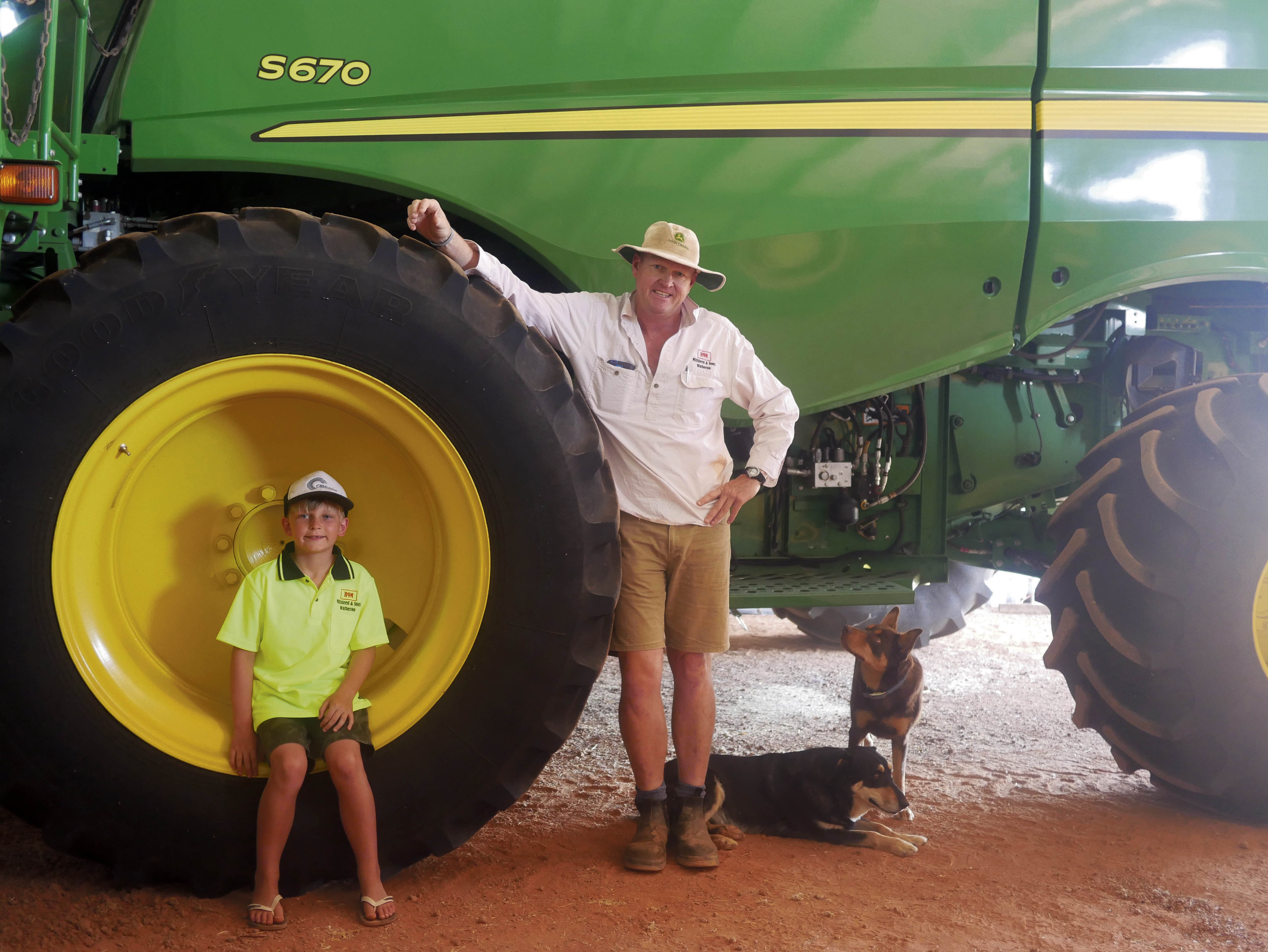Much has changed in farming technology since the 1950’s when Brad Millsteed’s grandfather took up cultivating the land in Watheroo, 40kms north of Moora.
Integrated GPS systems have streamlined harvest and seeding operations, saving hours of labour and input costs. A scientific approach to soil analysis has enabled farmers to improve their soil resilience, enough to ride through previously fatal drought patches.
Genetically modified crops have resistance to diseases and pests, machinery innovations are sowing seeds more precisely and cost effectively and more accurate short term weather forecasts have made decision-making a more calculated guess.
However, if you ask Brad what the real game changer is, he’ll most likely say it’s the social media platform Twitter.
Brad is one of the new (older) generation of farmers who have embraced the potential of Twitter to share the day-to-day trials and tribulations of farming, exchange ideas and improve production.
But it’s not just about work. Twitter is breathing new life into rural communities who are facing the challenges of isolation and dwindling numbers.
“It’s amazing how friendships can be made in 280 characters,” says Brad, whose mobile phone erupts in tune on a regular basis.
“During what has been a very tough 2017, Twitter has also helped many to spread the word about mental health and trying to stay positive in what can only be described as very trying conditions, physically, mentally, financially and emotionally.” he adds.
While Brad’s local community in Watheroo declines in numbers every year, (The primary school enrollments are now just 27 down from 52 a few years ago) Brad’s online rural network has grown exponentially. “Here’s a farmer in South Australia who I’ve been following,” he says, “We’re discussing the depth of tillage and he’s posted a video and a photo of what we’re talking about.”
While the latest innovations are probably written up in a magazine, for farmers like Brad, the medium of Twitter is quick and easy to understand, and he enjoys the ongoing conversation that he can access from his pocket as he goes about his daily jobs.
Added to working in isolation, being at the mercy of the weather can be stressful. In 2017 many farmers in Western Australia experienced their lowest winter rainfall on record – and grain production was down 41% across the country.
“Normally we measure our yield in tonnes per hectare,”says Brad, “But in 2017 it was kilos. “Over our 10 year average, our wheat yield was 26% down while growing season rainfall was down 30%.”
It could have been worse. After a dry start threatened crops all over the state, late rains in September saved the season, and everyone had a crop to harvest.
“The bad seasons make us better farmers!” says Brad optimistically. “At the end of the day it’s the conditions we’re dealing with, and we can’t take it personally. In my father and uncle’s day a bad year was 4 bags to the acre – farming advances have more than doubled that amount.”
On the flip side, wool prices are at an historic high. Like many farming operations in the area, the Millsteed’s run a Merino flock as well as the mixed grain combination of wheat, lupins, canola, and barley. When grain yield is low they’ll be riding off the sheep’s back, so to say.
If you want to join the farming conversation on Twitter log on at Twitter.com and follow… @BradMillsteed








